Highlights
- UWB redefines car key technology with secure, smartphone-based vehicle access.
- Contact sharing becomes simpler and more secure with UWB’s precise range detection.
- Media casting with UWB allows for effortless device connectivity and content sharing.
- UWB enhances Quick Share features, boosting speed and accuracy for file transfers.
Ultra-Wideband (UWB) technology is quite literally redefining the capabilities of low-energy wireless communication, offering precision, security, and versatility beyond traditional methods like Bluetooth and NFC.
Introduced to the mainstream by Apple with its iPhone 11 in 2019, UWB has since been embraced by major Android manufacturers like Google and Samsung, heralding a new era in smart device functionality.
Google recently announced a Find My-type feature that will come to Android phones soon.
However, it will lack the OWB capability that makes Apple’s Find My network such a successful tool.
Given its significance, here are five transformative ways UWB technology is enhancing daily life.
Car Key Technology
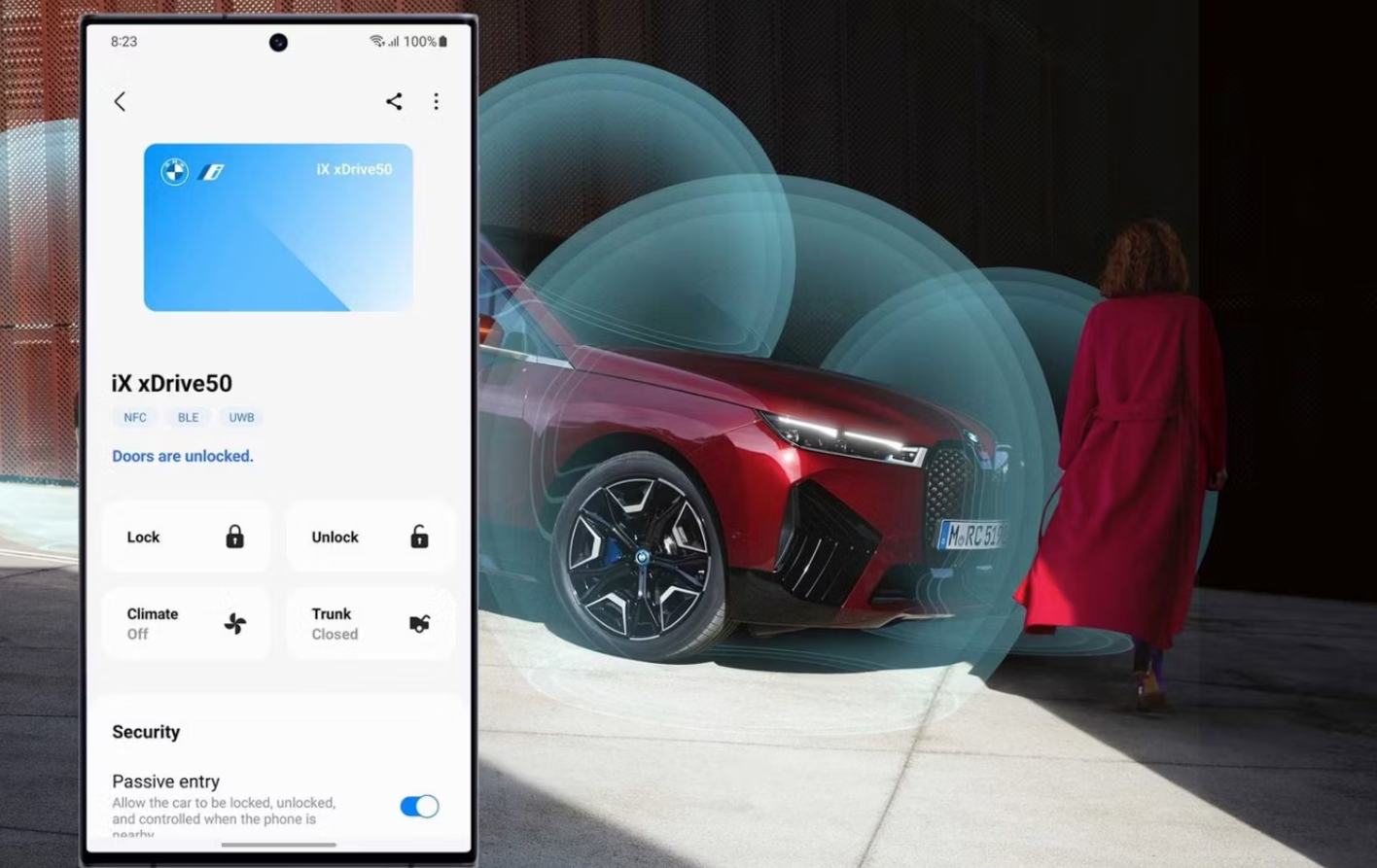
Forget traditional or even digital key fobs; UWB is set to change how we access and start our vehicles.
By integrating UWB into smartphones, users gain a secure, reliable means to unlock and start their vehicles with their phones—no physical key required.
Unlike previous digital keys, which are vulnerable to signal amplification attacks, UWB’s precise location capabilities ensure that only someone in close proximity to the car can access it.
Simplifying Contact Exchange
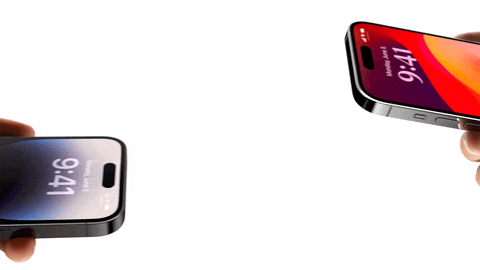
Inspired by Apple’s iOS 17 feature, NameDrop, UWB could bring seamless contact sharing to Android devices.
This feature enables users to exchange contact details by simply bringing their devices close together without needing to touch.
With UWB’s precise range detection, this method is not only convenient but also secure, ensuring that users have control over when and with whom they share their information.
Enhancing Media Casting
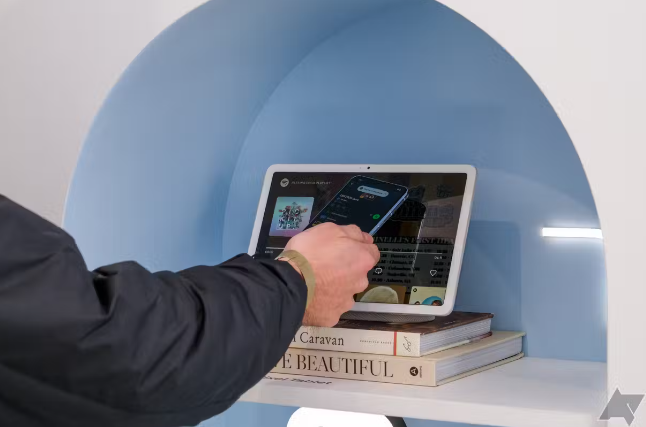
UWB technology simplifies the process of casting media to compatible devices.
Demonstrated by Google with its Pixel phones and Pixel Tablet, UWB allows users to transfer media to nearby devices with a simple gesture.
This intuitive interaction eliminates the need to navigate through menus to connect devices, making the sharing of media as effortless as bringing devices into proximity.
Improving Quick Share Capabilities
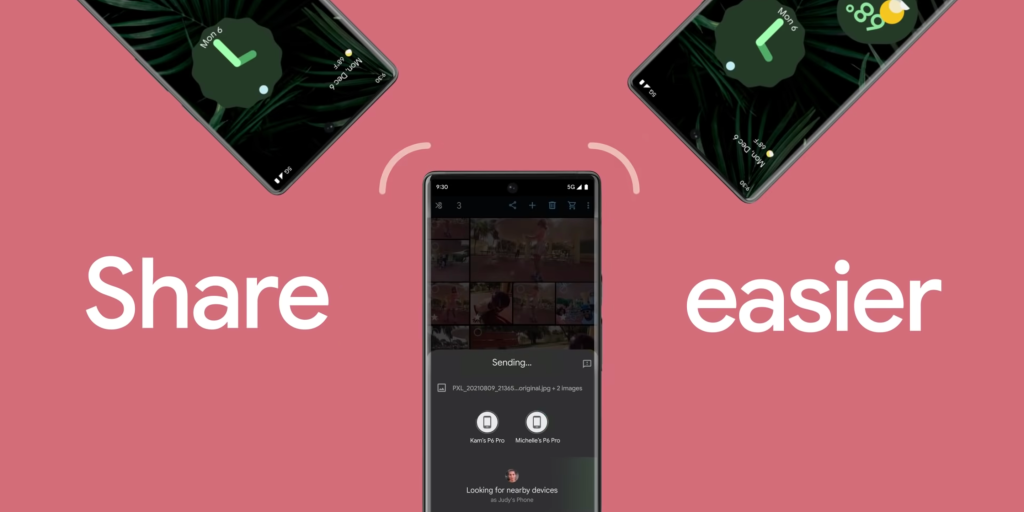
Android’s Quick Share feature has been significantly boosted by integrating UWB.
This advanced protocol enhances the traditional file-sharing tools that relied on Bluetooth and NFC by increasing accuracy and transfer speeds.
UWB enables devices to identify each other’s exact location, facilitating quicker, more reliable connections for sharing everything from photos to large video files.
Precise Location Tracking
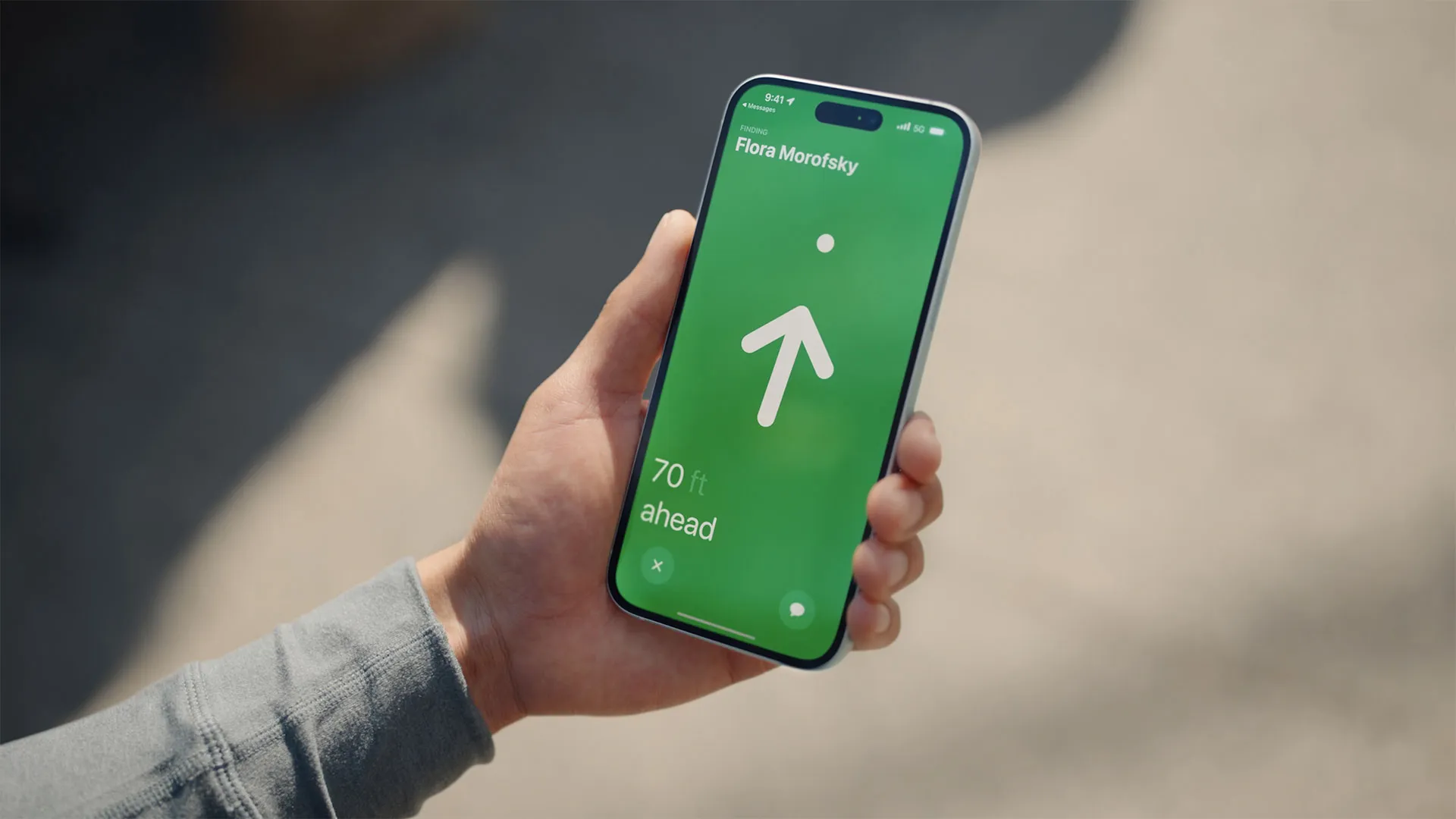
One of the most promising applications of UWB is in precise location tracking.
Whether it’s locating a lost device in your home or pinpointing a valuable item in a crowded space, UWB’s ability to deliver exact location data is unparalleled.
For example, while traditional methods might help you know a device is nearby, UWB can guide you to its precise location within centimeters—reducing frustration and saving time.
As UWB technology continues to evolve and integrate into more devices, its potential to streamline and secure our daily interactions is boundless.
With its superior precision and security, UWB is set to become an indispensable feature in future smart devices, making everyday tasks more convenient and efficient.
FAQs
What is Ultra-Wideband (UWB) technology and how is it different from Bluetooth?
Ultra-Wideband (UWB) technology is a wireless communication protocol known for its high precision and security.
Unlike Bluetooth, UWB operates at a very high frequency and can precisely locate the position of devices with centimeter-level accuracy.
This capability makes it more secure and reliable for applications like digital keys and personal item tracking.
How does UWB technology enhance vehicle access and security?
UWB technology transforms smartphone devices into secure car keys.
By integrating UWB, smartphones can accurately determine their distance to a vehicle, allowing them to unlock and start the engine securely without the risk of signal amplification attacks that plague traditional digital key fobs.
This provides a more secure and convenient user experience.
Can UWB technology improve personal data exchange on mobile devices?
Yes, UWB technology can significantly improve the security and ease of exchanging contact information between devices.
By enabling devices to detect their precise relative location, UWB allows for the secure transfer of data such as contacts by simply bringing devices into close proximity, ensuring that data exchange happens only when intended.
What advantages does UWB offer in media casting and device interaction?
UWB enhances media casting capabilities by enabling devices to recognize each other’s presence and orientation with great accuracy.
This allows for seamless, quick, and intuitive sharing of media across devices without the need for manual setup or navigation through complex menus, making it a highly user-friendly technology.
Also Read: Leaked Samsung Galaxy S24 Renders Shed Light On Possible Design, UWB Antenna
Also Read: Google Starts Android Find My Device Network Rollout with Limited UWB Integration
